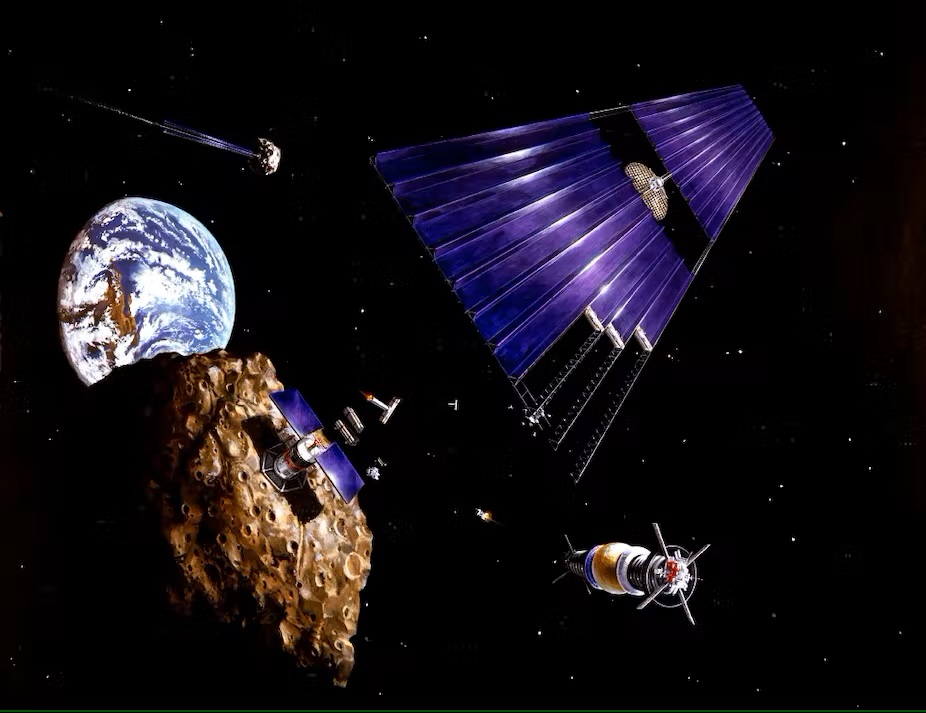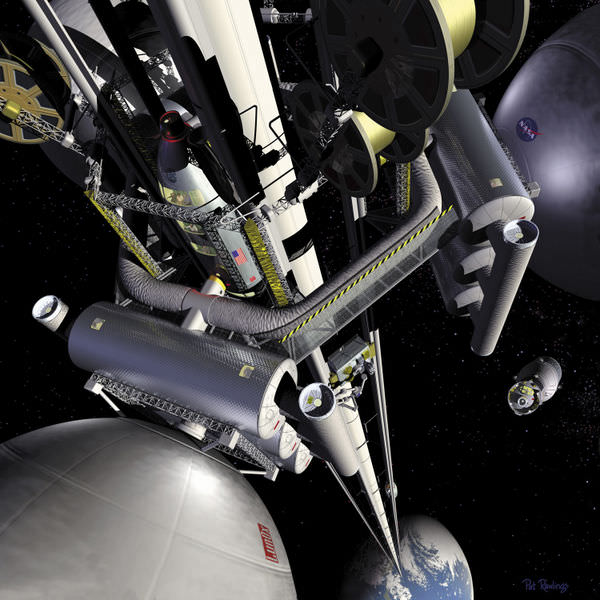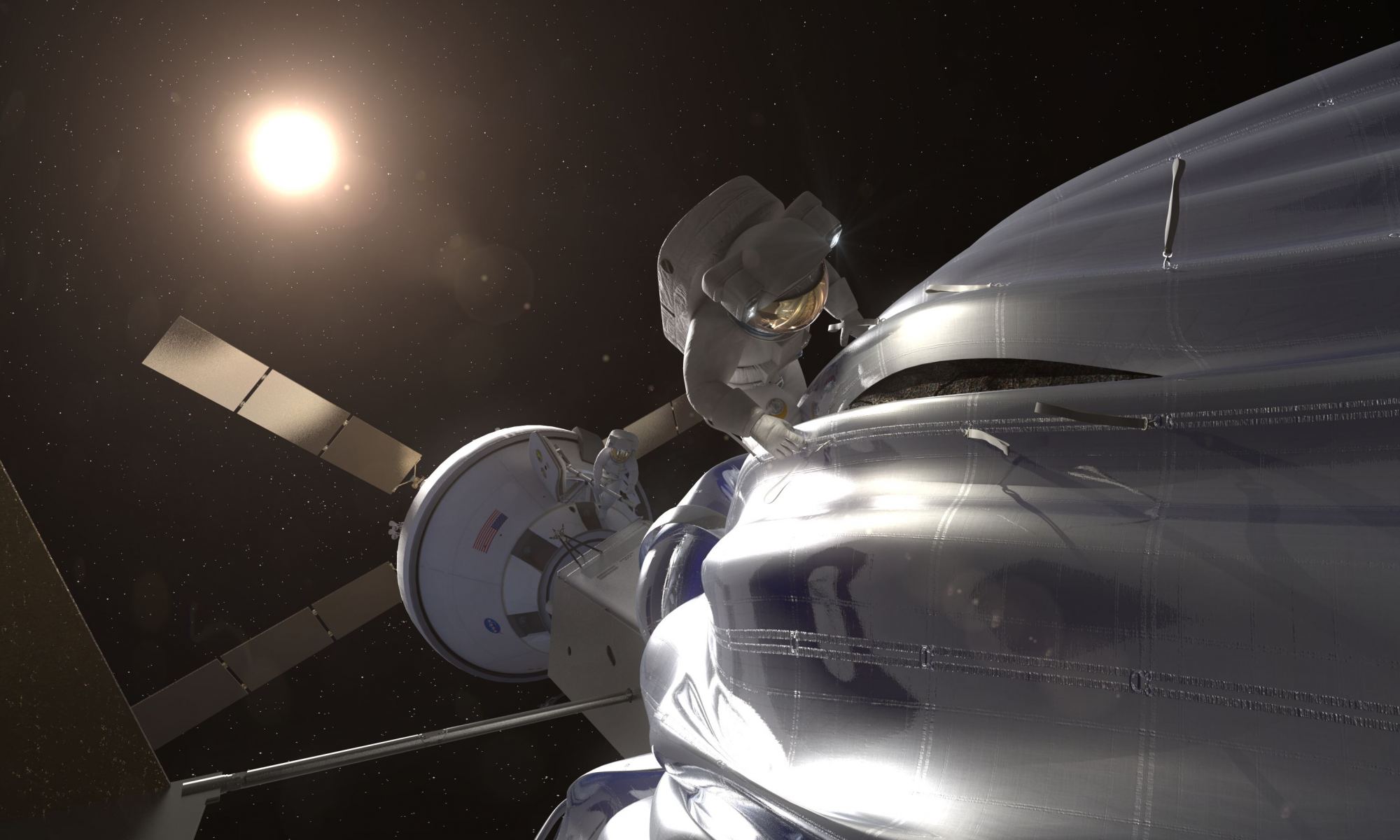Popular media love talking about asteroid mining using big numbers. Many articles talk about a mission to Psyche, the largest metallic asteroid in the asteroid belt, as visiting a body worth $10000000000000000000, assumedly because their authors like hitting the “0” key on their keyboards a lot. But how realistic is that valuation? And what does it actually mean? A paper funded by Astroforge, an asteroid mining start-up based in Huntington Beach, and written by a professor at the Colorado School of Mine’s Space Resources Program takes a good hard look at what metals are available on asteroids and whether they’d genuinely be worth as much as the simple calculations say that would be.
Continue reading “How Much Are Asteroids Really Worth?”Here’s What We Know About Earth’s Temporary Mini-Moon
For a little over a month now, the Earth has been joined by a new ‘mini-moon.’ The object is an asteroid that has been temporarily accompanying Earth on its journey around the Sun. By 25th November it will have departed but before then, astronomers across the world have been turning their telescopes to study it. A new paper of 2024 PT5 reveals its basaltic nature – similar to volcanic rocks on Earth – with a composition that makes it similar to lunar material. There have been many close encounters to Earth allowing many of its secrets to be unveiled.
Continue reading “Here’s What We Know About Earth’s Temporary Mini-Moon”Using A Space Elevator To Get Resources Off the Queen of the Asteroid Belt
Here at UT, we’ve had several stories that describe the concept of a space elevator. They are designed to make it easier to get objects off Earth and into space. That, so far, has proven technically or economically infeasible, as no material is strong enough to support the structure passively, and it’s too energy-intensive to support it actively. However, it could be more viable on other worlds, such as the Moon. But what about worlds farther afield? A student team from the University of Colorado at Colorado Springs looked at the use case of a space elevator on Ceres and found that it could be done with existing technology.
Continue reading “Using A Space Elevator To Get Resources Off the Queen of the Asteroid Belt”What Type of Excavator Is Most Suitable for Asteroids?
Digging in the ground is so commonplace on Earth that we hardly ever think of it as hard. But doing so in space is an entirely different proposition. On some larger worlds, like the Moon or Mars, it would be broadly similar to how digging is done on Earth. But their “milligravity” would make the digging experience quite different on the millions of asteroids in our solar system. Given the potential economic impact of asteroid mining, there have been plenty of suggested methods on how to dig on an asteroid, and a team from the University of Arizona recently published the latest in a series of papers about using a customized bucket wheel to do so.
Continue reading “What Type of Excavator Is Most Suitable for Asteroids?”A Mission To Find 10 Million Near Earth Asteroids Every Year
So far, scientists have found around 34,000 near-Earth asteroids (NEAs) that could serve as humanity’s stepping stone to the stars. These balls of rock and ice hold valuable resources as we expand throughout the solar system, making them valuable real estate in any future space economy. But the 34,000 we know of only make up a small percentage of the total number of asteroids in our vicinity – some estimates theorize that up to 1 billion asteroids larger than a modern car exist near Earth. A project from the Trans Astronautics Corp (TransAstra), an asteroid-hunting start-up based in California, hopes to find the missing billion.
Continue reading “A Mission To Find 10 Million Near Earth Asteroids Every Year”Can We Find the Heaviest Elements in Asteroids?
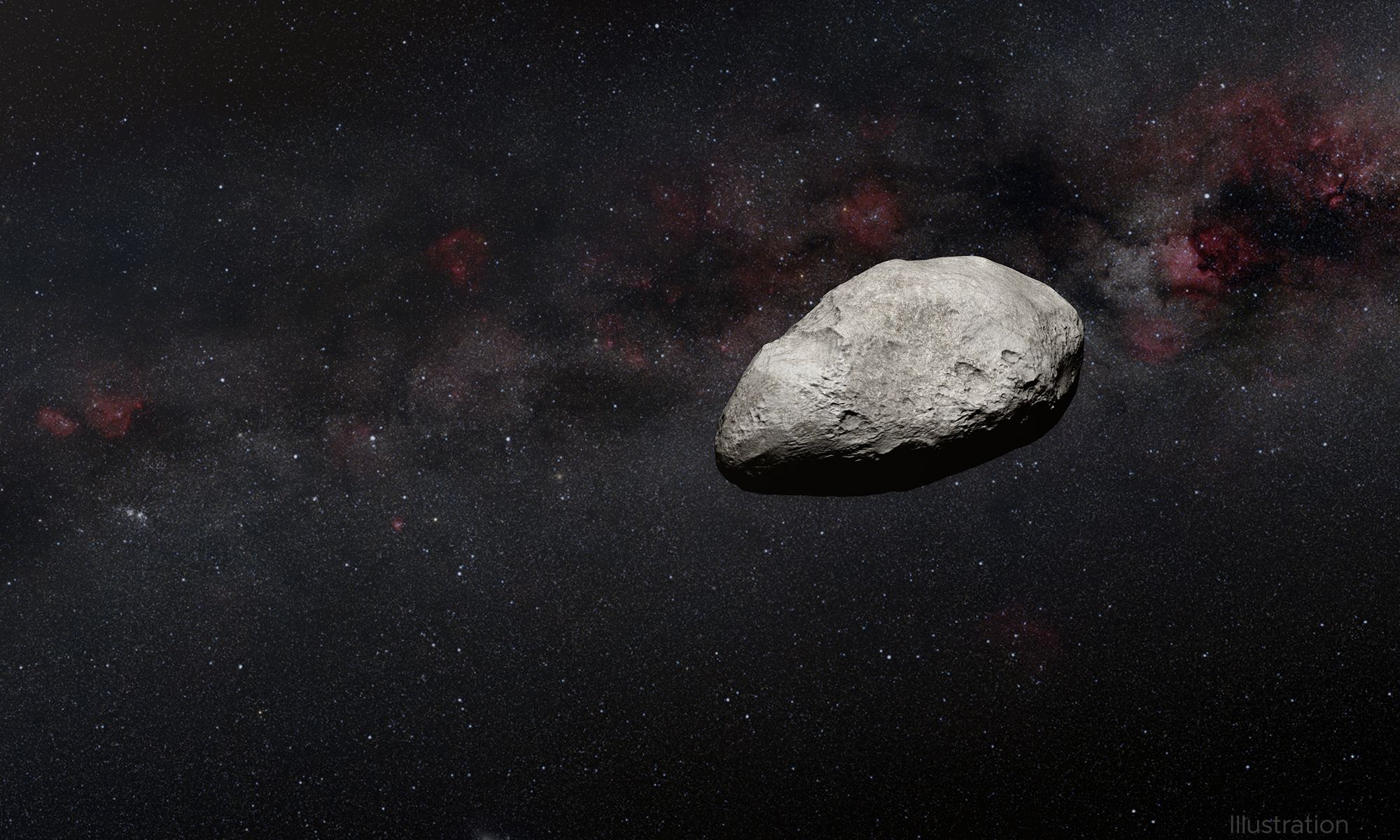
One of the reasons that asteroid mining is such a popular idea among industrialists is that they holds large quantities of heavy elements. NASA’s Psyche spacecraft just launched this week, headed for an asteroid that holds ten to thirty quintillion U.S dollars worth of rare-earth elements and other heavy metals. During our planet’s formation, the heavier of these elements tended to sink deep into the Earth, making them hard to find. But even in small asteroids, these heavy elements might be much more common and accessible. Since we rely on these rare-earth elements for our modern society, metal-rich asteroids such as Psyche are worth checking out.
Continue reading “Can We Find the Heaviest Elements in Asteroids?”Want to be an asteroid miner? There’s a database for that.
Asteroid mining is slowly but surely coming closer to reality. Many start-ups and governmental agencies alike are getting in on the action. But plenty of tools that would help get this burgeoning industry off the ground are still unavailable. One that would be particularly useful is a list of potential candidate asteroids to visit. While the information has been available in various places, no one has yet combined it into a single, searchable database until now.
Continue reading “Want to be an asteroid miner? There’s a database for that.”Are Chemical Rockets or Solar Sails Better to Return Resources from Asteroids?
If and when we ever get an asteroid mining industry off the ground, one of the most important decisions to be made in the structure of any asteroid mining mission would be how to get the resources back to where all of our other infrastructure is – somewhere around the Earth. That decision typically will focus on one of two propulsion methodologies – chemical rockets, such as those we already use to get us into space in the first place, or solar sails, which, while slower and unable to get us into orbit, don’t require any fuel. So, which propulsion methodology is better for these future missions? A study by researchers at the University of Glasgow looked at those two scenarios and came out with a clear-cut answer – solar sails.
Continue reading “Are Chemical Rockets or Solar Sails Better to Return Resources from Asteroids?”What Would Asteroid Mining do to the World's Economy?
About a decade ago, the prospect of “asteroid mining” saw a massive surge in interest. This was due largely to the rise of the commercial space sector and the belief that harvesting resources from space would soon become a reality. What had been the stuff of science fiction and futurist predictions was now being talked about seriously in the business sector, with many claiming that the future of resource exploitation and manufacturing lay in space. Since then, there’s been a bit of a cooling off as these hopes failed to materialize in the expected timeframe.
Nevertheless, there is little doubt that a human presence in space will entail harvesting resources from Near Earth Asteroids (NEAs) and beyond. In a recent paper, a team of researchers from the University of Nottingham in Ningbo, China, examined the potential impact of asteroid mining on the global economy. Based on their detailed assessment that includes market forces, environmental impact, asteroid and mineral type, and the scale of mining, they show how asteroid mining can be done in a way that is consistent with the Outer Space Treaty (i.e., for the benefit of all humanity).
Continue reading “What Would Asteroid Mining do to the World's Economy?”Two Spacecraft Could Work Together to Capture an Asteroid and Bring it Close to Earth for Mining
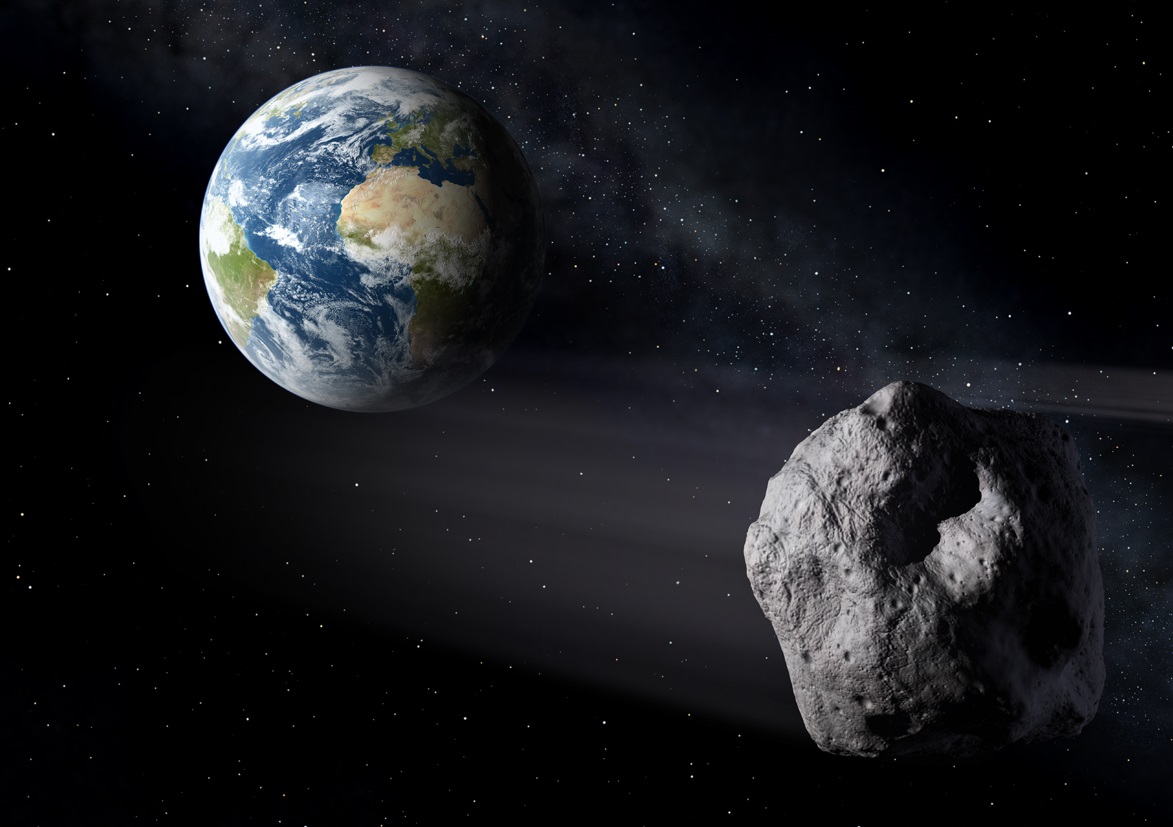
Humanity seems destined to expand into the Solar System. What exactly that looks like, and how difficult and tumultuous the endeavour might be, is wide open to speculation. But there are some undeniable facts attached to the prospect.
We need materials to build infrastructure, and getting it all into space from Earth is not realistic. (Be quiet, space elevator people.)
Continue reading “Two Spacecraft Could Work Together to Capture an Asteroid and Bring it Close to Earth for Mining”
